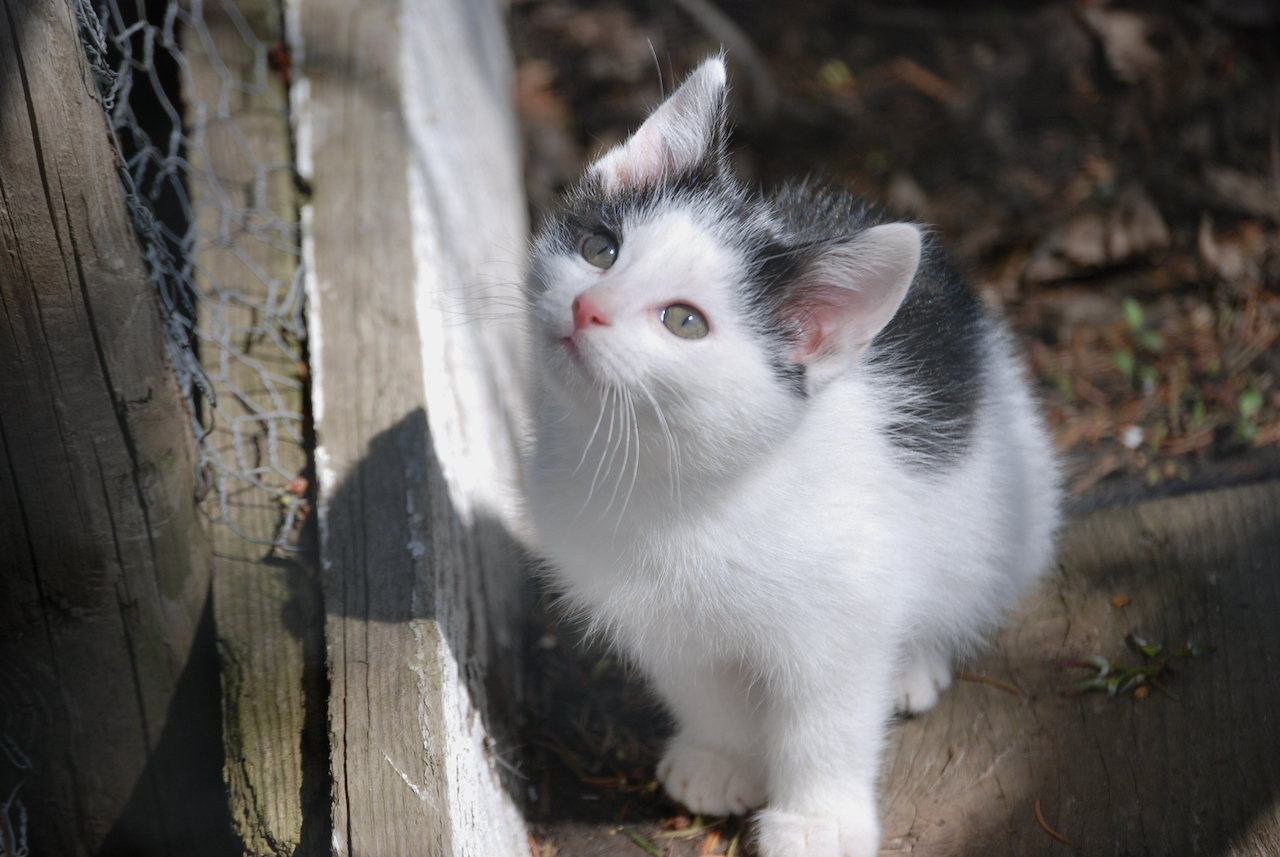By Anita Martin
H5N1 infection, or bird flu, has been found in cats in the U.S., information released by the CDC has noted, including recently in Texas at several dairy farms with disease outbreaks. The virus is suspected to have been spread to the cats from cows, raw cow’s milk or from wild birds on those farms.
Cats that have contracted the disease also have been found in a number of European and Asian countries.
Infections in Michigan
While Wisconsin has not experienced any reported avian influenza outbreaks in cats or dairy cattle, one of our neighboring states, Michigan, has been especially hard hit with the disease, with four infected dairy herds over the last seven days, for a total of 19 herds in the past two months.
Five red foxes in Iona County, Mich., a county which has had H5N1 outbreaks during the past month, also suffered infections.
Also worrisome, last week, U.S. officials reported what’s thought to be a second cattle-to-human H5N1 infection in a Michigan resident. According to the Centers for Disease Control and Prevention (CDC), health officials are preparing for the possibility of increased risk to human health. A CDC abstract about an April report of a human infection is here: http://dx.doi.org/10.15585/mmwr.mm7321e1.
Infections in birds and cows
Birds and cows continue to be infected.
As of Tuesday, May 28, 64 dairy cattle herds have been infected with H5N1 bird flu virus in nine states: Colorado, Idaho, Kansas, Michigan, New Mexico, North Carolina, Ohio, South Dakota, and Texas. These states are listed alphabetically, not in order of bird flu outbreaks. In fact, Texas, the last on the list, actually experienced the first reported H5N1 infection in dairy cattle in March.
Across these states, withIn the last seven days, seven dairy herds have been infected with bird flu, and in the last 30 days, seven commercial poultry flocks and seven backyard flocks have experienced disease outbreaks, with a total of more than 1.4 million birds lost.
CDC says health risks to public are low
The CDC currently considers the health risk to the U.S. public from H5N1 viruses to be low.
Still, precautions for those individuals with job-related or recreational exposure to infected birds, poultry, dairy cattle or other infected animals, or contaminated items such as raw cow’s milk and products made from unpasteurized milk, have been expanded over the past month, with those individuals considered to be at an increased risk of avian influenza infection.
A Reuters story by Julie Steenhuysen and Jennifer Rigby, published Tuesday, indicates a number of countries, including the U.S., are looking to make or acquire H5N1-specific vaccines, which could be used to help protect workers at risk, including veterinarians and laboratory technicians. The Reuters story about steps underway to acquire or manufacture a vaccine is here: https://www.reuters.com/business/healthcare-pharmaceuticals/us-european-nations-consider-vaccinating-workers-exposed-bird-flu-2024-05-27/.
Raw milk, droplets and mice
Here, at home, the University of Wisconsin-Madison and Texas A&M Veterinary Medical Diagnostic Lab recently fed droplets of raw cow’s milk to mice. These mice showed high virus levels in their nasal passages, trachea, and lungs, and moderate-to-low levels of virus in other organs. A story, found Tuesday in the Technology Networks news publication, which was republished from the National Institutes of Health, chronicles findings after mice were administered raw milk samples from cows infected with H5N1 influenza, as published in the New England Journal of Medicine. The story is here: https://www.technologynetworks.com/immunology/news/mice-given-raw-milk-from-cows-infected-with-influenza-experience-high-virus-levels-387141.
Some proponents of drinking raw milk have theorized that the product might prevent them from contracting bird flu through the building of immunities, although the science seems lacking.
Consuming unpasteurized milk carries such health impacts as infection with Brucella, Campylobacter, Coxiella burnetiii (Q fever infectious agent), Cryptosporidium, E. coli, Listeria, and/or Staphylocoocus aureus.
Experts advise consumers to avoid eating raw beef or undercooked meat; the same goes for eggs.
The CDC’s most recent update, describing its response to public health challenges posed by a multi-state outbreak of avian influenza, is here: https://www.cdc.gov/flu/avianflu/spotlights/2023-2024/bird-flu-update_05242024.html.
Anita Martin is a longtime freelance journalist whose work has appeared in such publications as the Waterloo/Marshall Courier, The Madison Times, Agri-View, Dane County Lifestyles (formerly 50 Plus Lifestyles newsmagazine), Verona Press and Wisconsin Woman magazine, covering such topics as health and wellness, and women’s and multicultural issues. More recently, she has developed interest in such topics as environmental issues, avian influenza and other zoonotic diseases, and public health.
